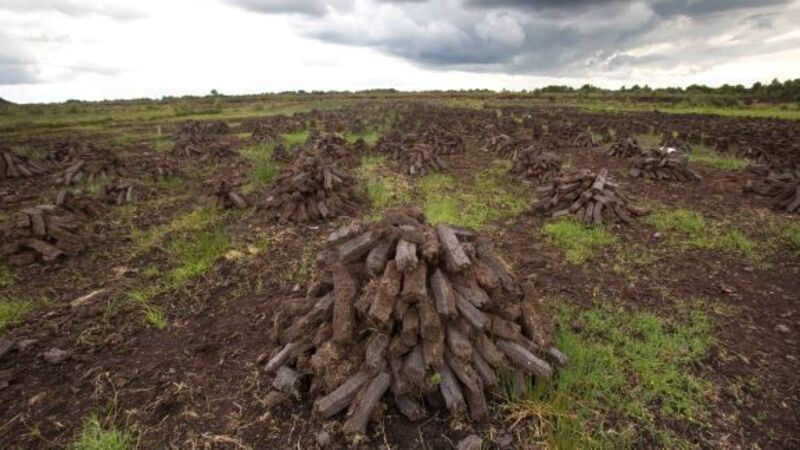Vital work on Irish wetlands is necessary

THEY are, generally, wild places where you’ll hear the buzz of insects and bees, in summer time, maybe even the rarely-heard cry of the curlew, or birds from other lands in autumn and winter.
Given the exceptionally rainy winter we’ve had, any confusion between these natural wetlands and lands that tend to get wet, or flooded, is understandable. There’s a lovely, fertile field I pass each day which has had a permanent pool of water since November.
After a few dry days the pool will disappear. That’s the difference because real wetlands are always just that. Almost 10,000 official, wetland sites have been recorded in Ireland as part of an ongoing survey. Recent research in Co Roscommon located an additional 568 such sites in the county, bringing the number of wetland areas there to 642.
A map of Irish Wetlands now displays 9,881 such sites. During 2016, wetland county maps for counties Offaly, Galway, and Donegal will also be updated, completing the national wetland mapping project started in 2012.
Wetlands include areas of raised and blanket bog, fen, swamp, marshes, wet woodland, ponds, lagoons, coastal areas, estuaries, lakes, and rivers. They are an extremely valuable resource, supporting many forms of plant and animal life, and are protected under national and EU legislation.
In addition, they act as a sponge and can release water over gradual periods, helping in that way to solve flooding problems. Their importance in flood alleviation and carbon storage is increasingly being recognised. They can act as natural filters thereby reducing pollution: plants and soils in wetland areas can play a key role in purifying water.
We have around 1.5m acres of wetlands but the Irish Wildlife Trust says we lost about 10% of such areas in the mad years between 1990 and 2006. Demand for housing, roads and land drainage put pressure on wetlands, which is continuing. Though wetlands are often places of great beauty, the public perception of them has been very poor. How often are such areas blighted by illegal dumping and littering, which can release toxins into the environment and damage habitats by blocking rivers and streams?
If you go for a walk in a bog, or moorland, you won’t be there long before seeing a variety of rubbish, from household furniture to fridges, cookers and any number of goods deposited in drains, or thrown in over ditches and bridges. Even national parks are not immune from this scourge. Ireland is a signatory of the Ramsar Convention (1971) which sets out guidelines for wetland conservation.
Meanwhile, a joint project to map the country’s wetlands by Wetland Surveys Ireland, based in Kenmare, Co Kerry, and Foss Environmental Consulting, is ongoing.














